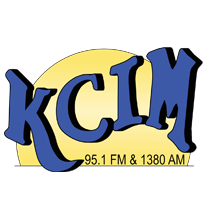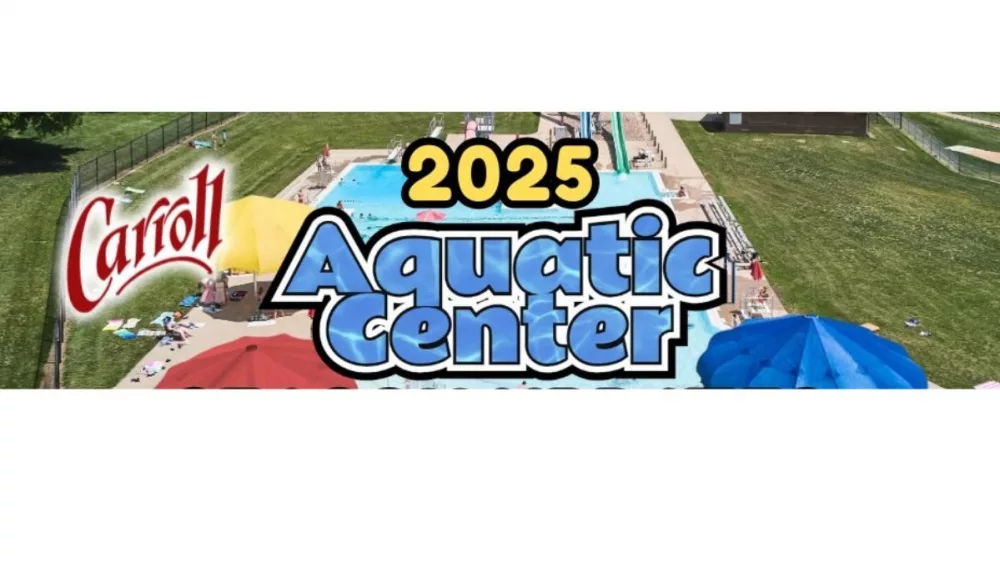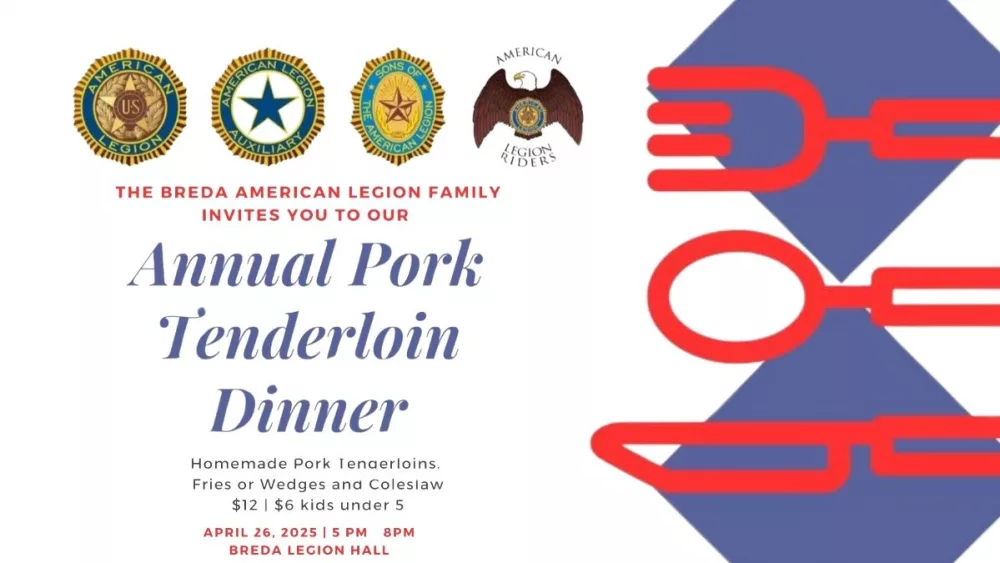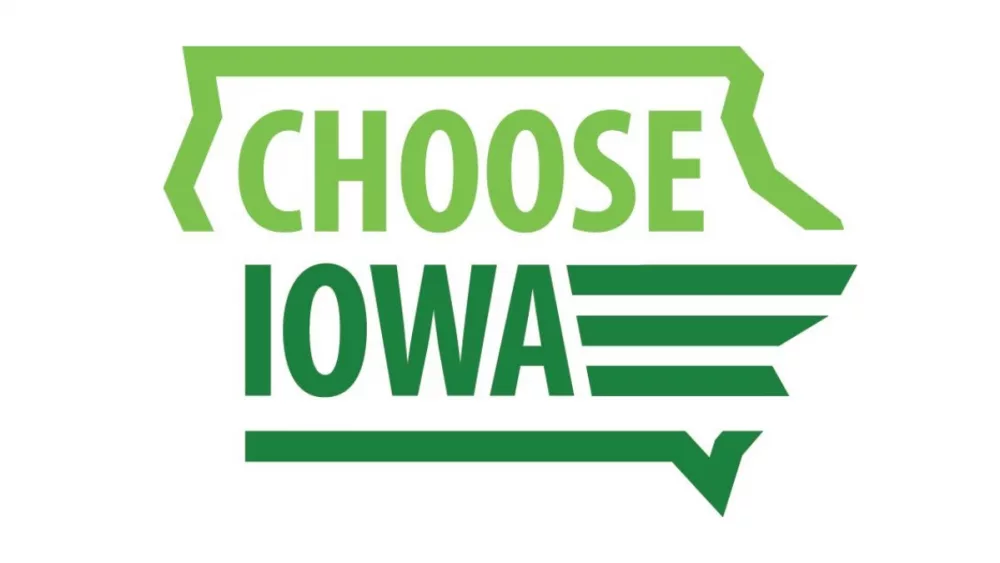There were two days of presentations and decision making in Shenandoah this Monday and Tuesday as the Iowa Department of Transportation (DOT) Commission set out priority projects for their five-year construction plans. Adam Schweers of Carroll became the U.S. 30 Coalition President in March of 2016, and was at those meetings. He says one of the major goals of the coalition was to draw some of the DOT’s attention and funding toward rural projects that have a statewide impact.
Portions of Highway 30 that were identified as priorities by the DOT include a four-lane bypass around Missouri Valley. This is being suggested in conjunction with work being done to address flooding in the area and for the ease of the travelers. However, it is also a way to solve a problem Missouri Valley is seeing from heavy traffic.
Schweers says the coalition wants the DOT know they are all working together to make the Highway 30 project a priority all the way across Iowa. They first proposed a decrease of the Clinton four-lane expansion from 40 miles to two, 10-mile segments, then moved to the center part of the state with four-laning from Ogden to Jefferson and then on to the west side with the Missouri Valley project. And even though the Glidden to Carroll route is so heavily traveled, this is a way to set up the statewide project in a more logical manner.
The four-laning of U.S. 30 to the east and west of Carroll, Schweers says, is critical to the community. It not only helps with the success of the existing, legacy businesses, but can help draw in new business, new residents, new commuters and more people traveling to Carroll for entertainment and shopping. Schweers says that even though the immediate Carroll area was not identified as a priority, those segments that were will help ensure that the project stays at the forefront as the DOT makes annual updates to their five-year plan.
This giant step in getting the state to recognize the importance of the U.S. Highway 30 project, Schweers says, will also be a critical piece in the funding puzzle at the federal level. If a project is already identified and in line, they are typically the ones that will get earmarked first when federal money is allocated to states.









